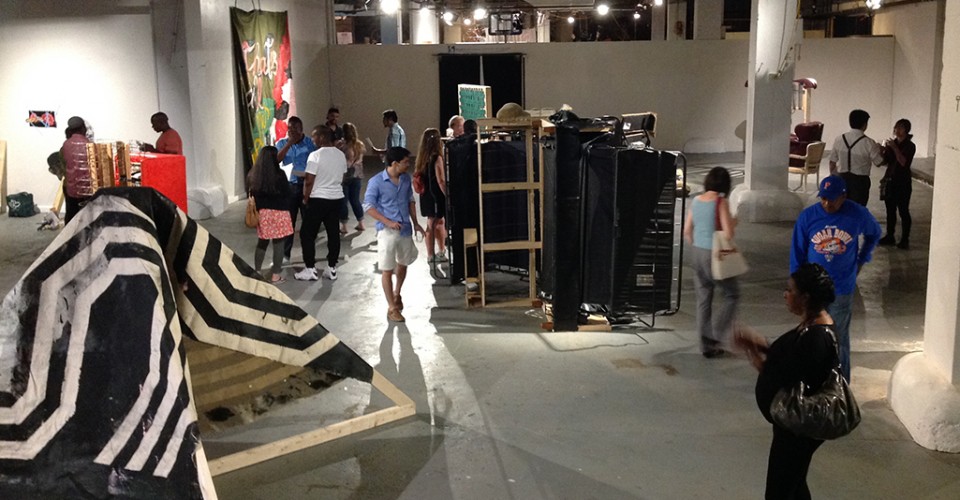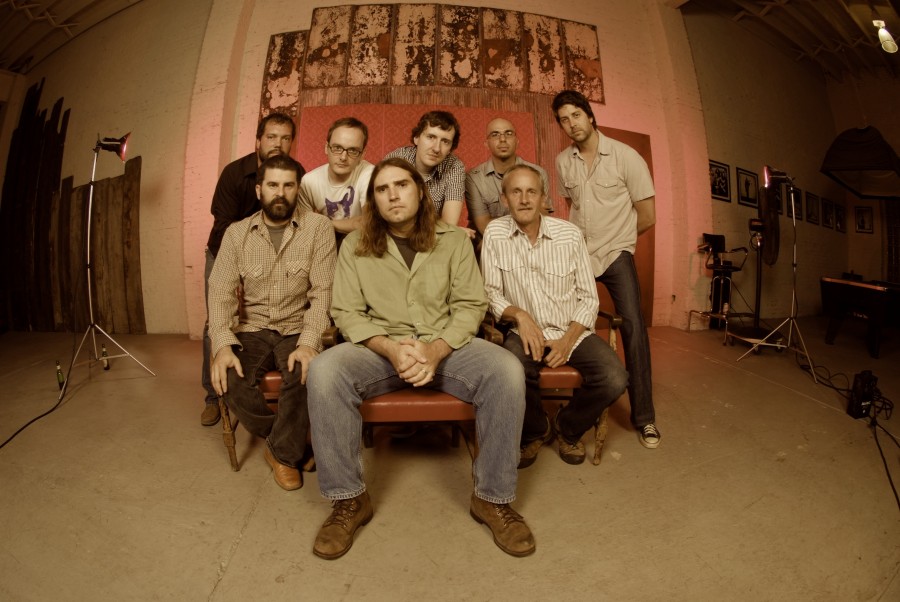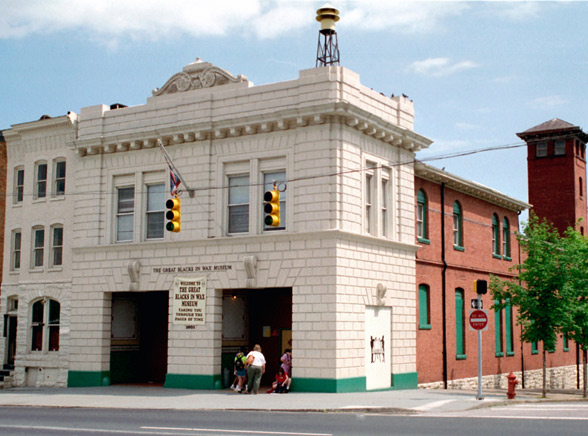The National Great Blacks In Wax Museum is among the nations most dynamic cultural and educational institutions. Because it is a wax museum committed solely to the study and preservation of African American history, it is also among the most unique. Primarily, the presentation of life-size, life-like wax figures highlighting historical and contemporary personalities of African ancestry defines its uniqueness.
Where We Were
This unique museum, the first one of wax in Baltimore, Maryland and the first wax museum of African American history in the nation, is the brainchild of Drs. Elmer and Joanne Martin. They established the museum in 1983 with several objectives in mind:
* To stimulate an interest in African American history by revealing the little-known, often-neglected facts of history
* To use great leaders as role models to motivate youth to achieve
* To improve race relations by dispelling myths of racial inferiority and superiority
* To support and work in conjunction with other nonprofit, charitable organizations seeking to improve the social and economic status of African Americans
The museum had begun to carry out these objectives during its two years on Saratoga Street where it received nearly 2,000 students from city and county schools during African American history month of 1984 and about 2,500 during that period in 1985. The Museum also received visitors and tour groups from Delaware, New York, New Jersey, Virginia, Pennsylvania, and Washington, D.C.
The Martins soon realized that The National Great Blacks In Wax Museum was finding it difficult to accommodate large groups and had begun to outgrow the 1,200 square foot facility. Therefore, they initiated a search for a larger building and for funds to develop a new museum. In 1985, State Senator Clarence Blount sponsored a bill awarding the museum a $100,000 matching grant. The same year the Martins closed the Saratoga Street facility and, with the help of their newly formed Board of Trustees, launched a fund-raising campaign to match the grant. The museum has shown that tourism can thrive in a nontraditional setting. Its patronage more than quadrupled since the move ten years ago to this community on Baltimore’s eastside ranging from 43,000 in 1989 to nearly 300,000 annual visitors today.






